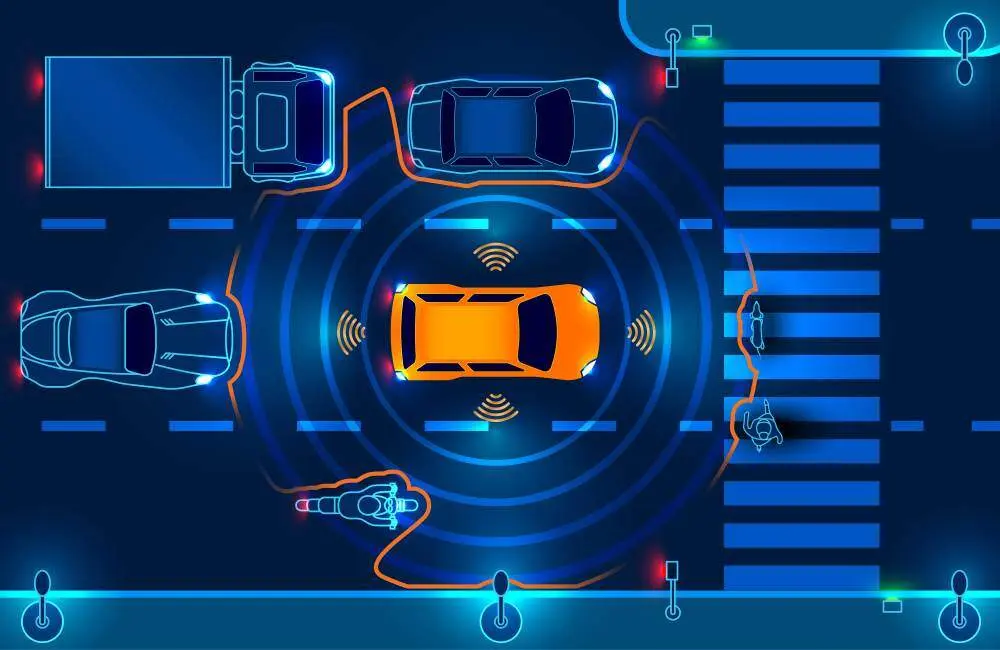For those with even a passing interest in artificial intelligence, machine learning, Big Data and the Internet of Things (IoT), the idea of self-driving cars has become a fascination.
Certainly, for those planning on earning a master’s degree in data science, the topic is one of particular interest.
But for many people, self-driving cars remain something of a mystery. How do they work? And what’s the point of having them in the first place?
The following looks at both of those issues.
Why Self-Driving Cars?
In some ways, the concept of self-driving cars often comes across as something to do since we have the technology to do it. But for those who back the concept of self-driving cars, there are many reasons to have them.
- Reduced fuel consumption. Most plans call for self-driving cars to run on electricity, not gas.
- Safer driving. As much as people might love driving, they also are the reason there are so many accidents. Abrupt lane changes, sudden stops and weaving in and out of traffic are eliminated with self-driving cars
- Reduced traffic congestion. Studies show that selfish behavior leads to traffic jams. If drivers maintain steady speeds and allow for even spacing between cars, then traffic flows no matter how many cars are on the road.
- Free time for drivers. Much like commuters on a train, people in self-driving cars can read, do work, check emails, etc.
That all sounds great. But the technology for 100% self-driving cars is not quite there yet. Self-parking, detecting other cars and autonomous braking systems are already in place, but putting the whole package together requires more work – and yes, that includes work from data scientists.
How Self-Driving Cars Would Work
Autonomous vehicles would combine the use of many different innovative technologies. The details of how each car works vary slightly, whether the develop is Google, Uber or another company.
But essentially it works like this.
- Every car is outfitted with GPS to know its position.
- IoT comes not play through sensors on the car that map its surroundings, sometimes by sending and receiving information from sensors placed on objects in the real world, including other cars and traffic lights.
- The sensors can include the use of lasers, radar, sonar and also video cameras. By building this internal model of the world around them, software within self-driving cars can then use GPS maps to find the best route for their trip and avoid obstacles such as construction, accidents, road closings, etc.
- This information is then sent to what are known as “actuators” – the internal mechanics that control acceleration, braking and steering.
The use of Big Data and the expertise of data scientists comes into play in writing the code used by the software system. This covers a lot of ground. For example, the system must have the ability to discriminate between a bicycle and motorcycle or a person and dog. This also involves complex algorithms and predictive models that allow the software to avoid obstacles and follow traffic rules.
It’s a tall order, to say the least. No fully autonomous car is operational yet in the U.S., although many cars and trucks are outfitted with autonomous systems that can handle operating the vehicle in certain circumstance, such as open highway driving or parking.
While this remains a difficult goal, it’s one technology companies expect to achieve. The advantages of self-driving cars are too great for the idea not to be pursued, and data scientists will play a significant role in reaching that goal.
